[Illinois] Introduction to Mechanics for Biologists, Part II
[Illinois] Introduction to Mechanics for Biologists, Part II
-
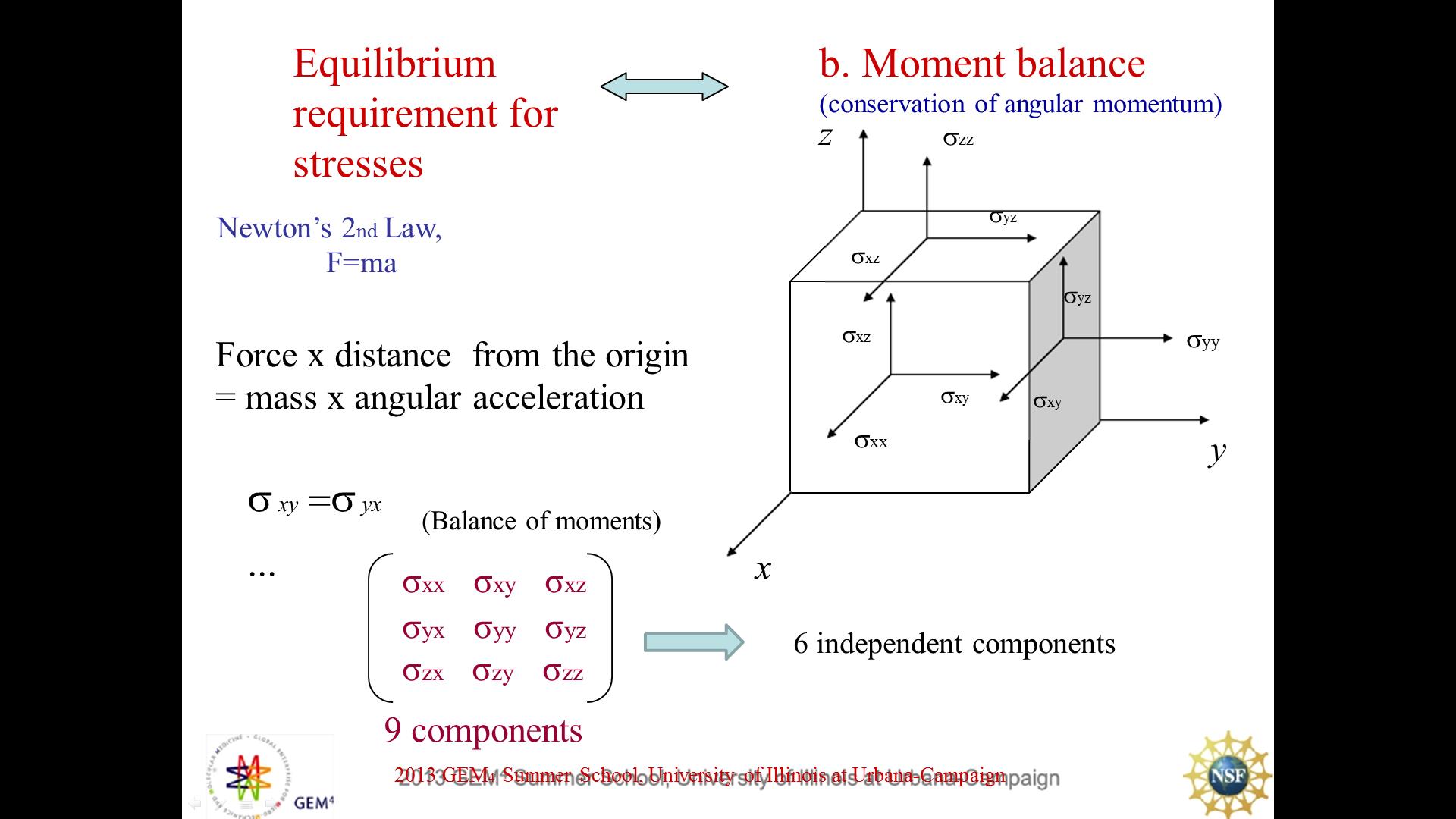 1. Equilibrium requirement for st…
0
00:00/00:00
1. Equilibrium requirement for st…
0
00:00/00:00 -
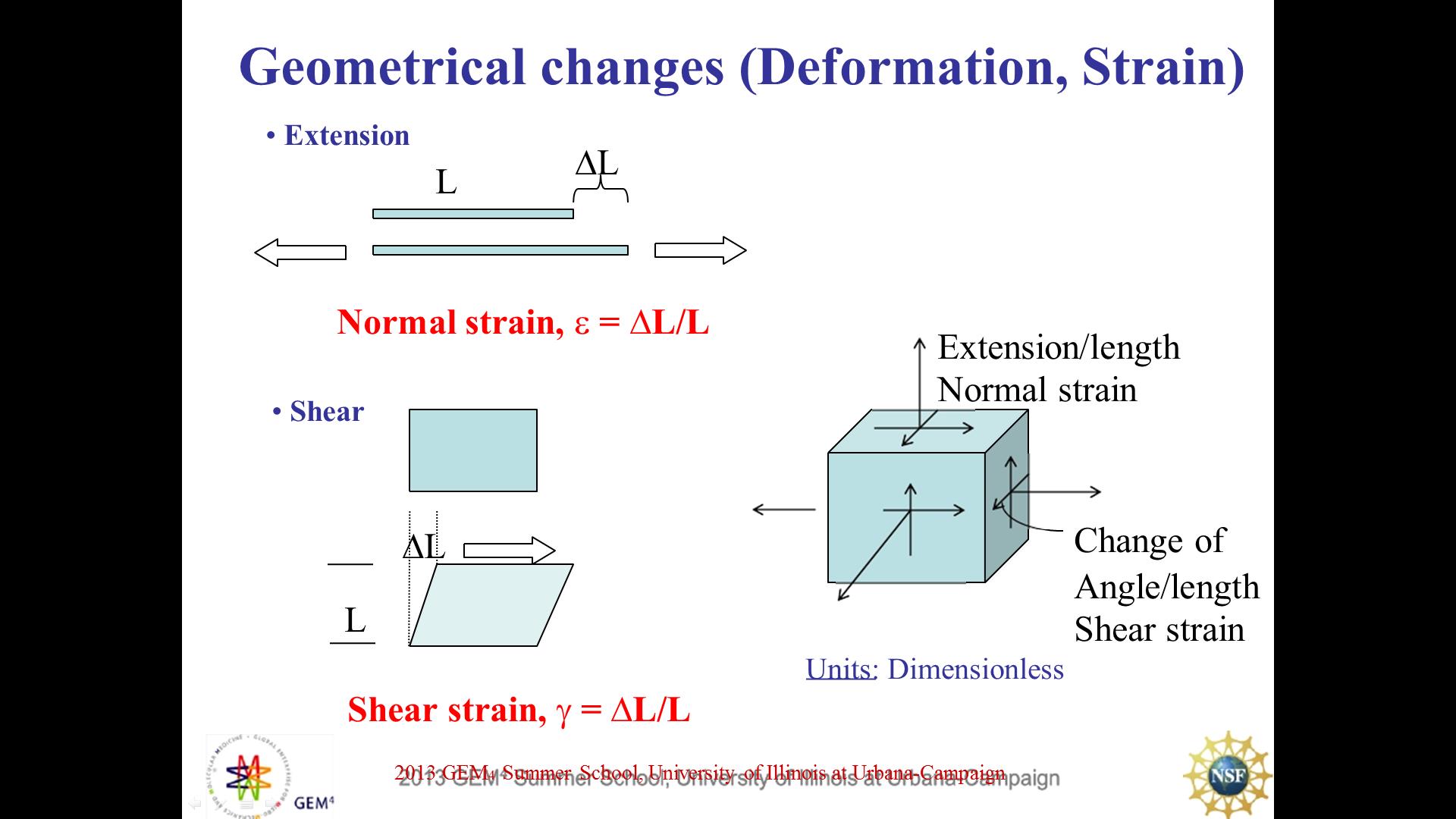 2. Geometrical changes (Deformati…
322.18121451918114
00:00/00:00
2. Geometrical changes (Deformati…
322.18121451918114
00:00/00:00 -
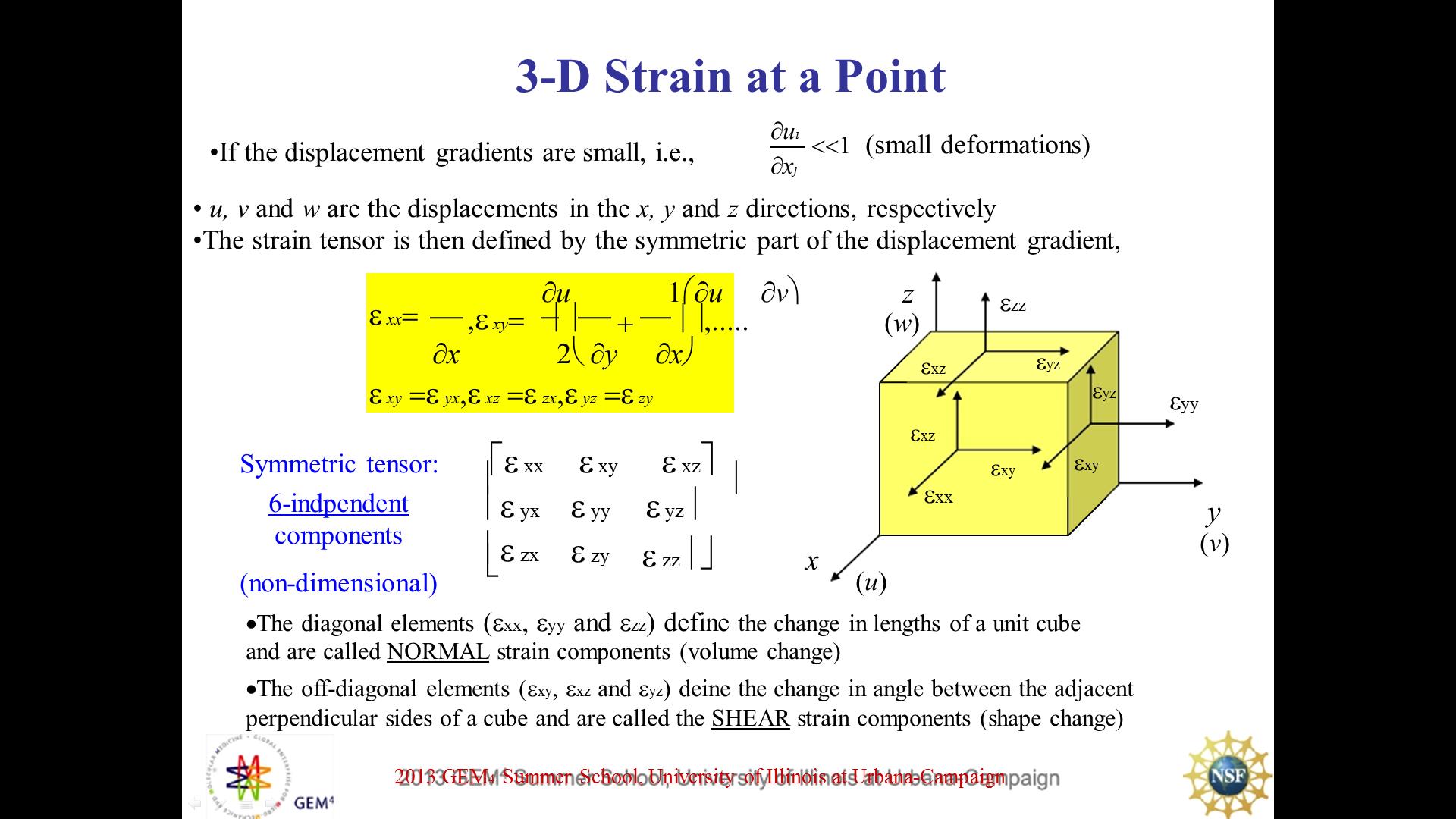 3. 3-D Strain at a Point
466.49557140487639
00:00/00:00
3. 3-D Strain at a Point
466.49557140487639
00:00/00:00 -
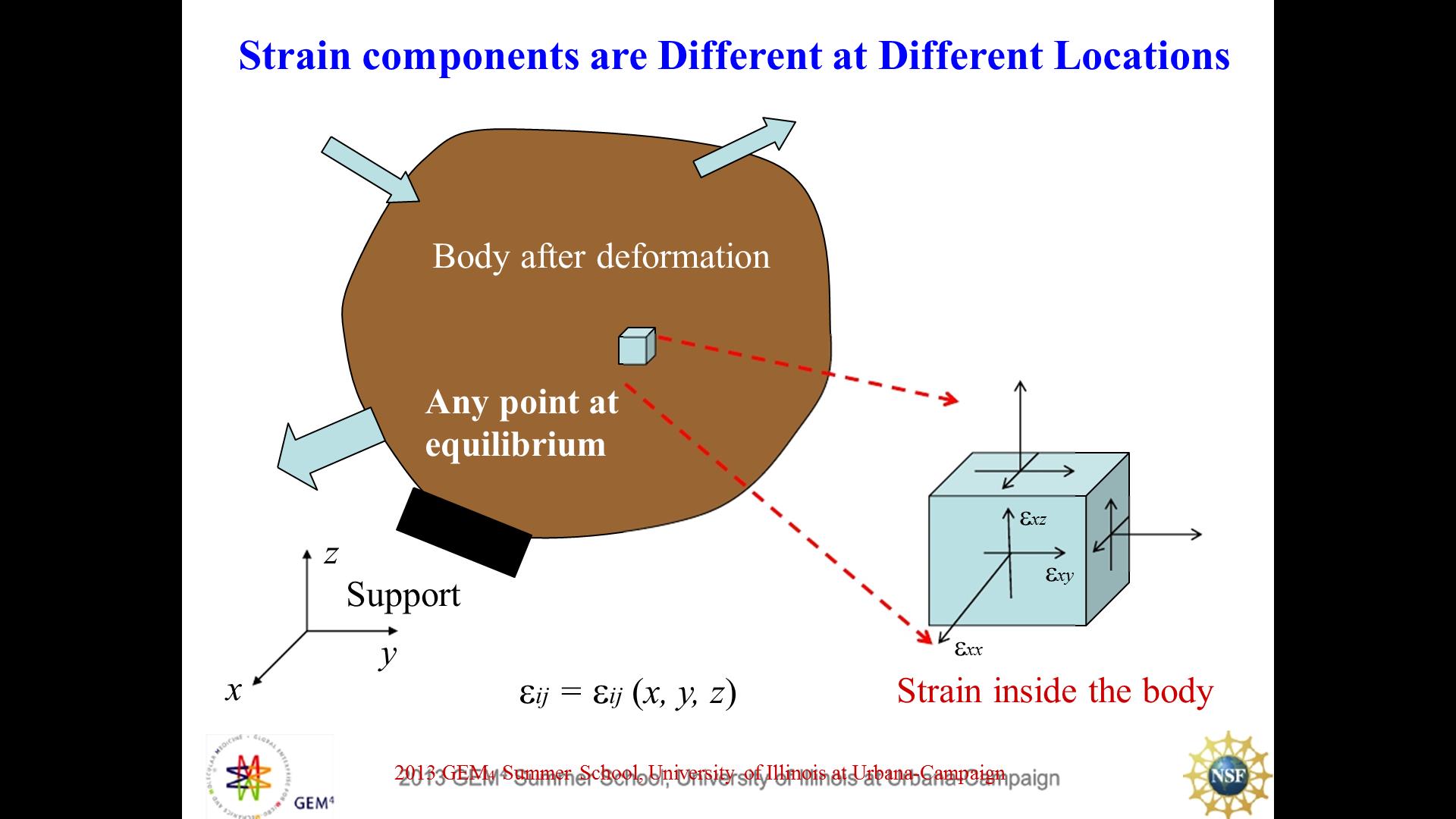 4. Strain components are Differen…
496.13710399734617
00:00/00:00
4. Strain components are Differen…
496.13710399734617
00:00/00:00 -
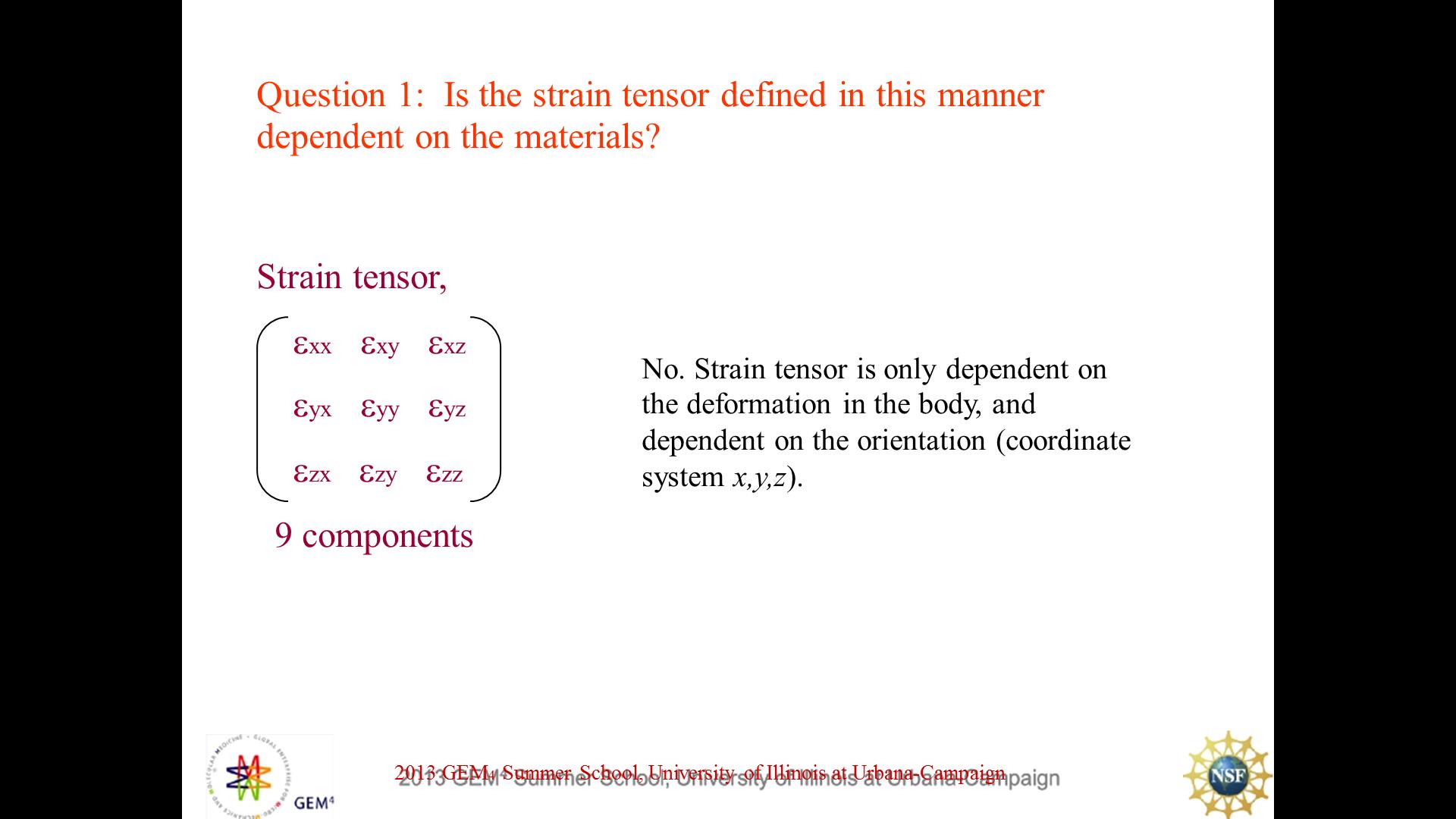 5. Question 1
500.67895173328913
00:00/00:00
5. Question 1
500.67895173328913
00:00/00:00 -
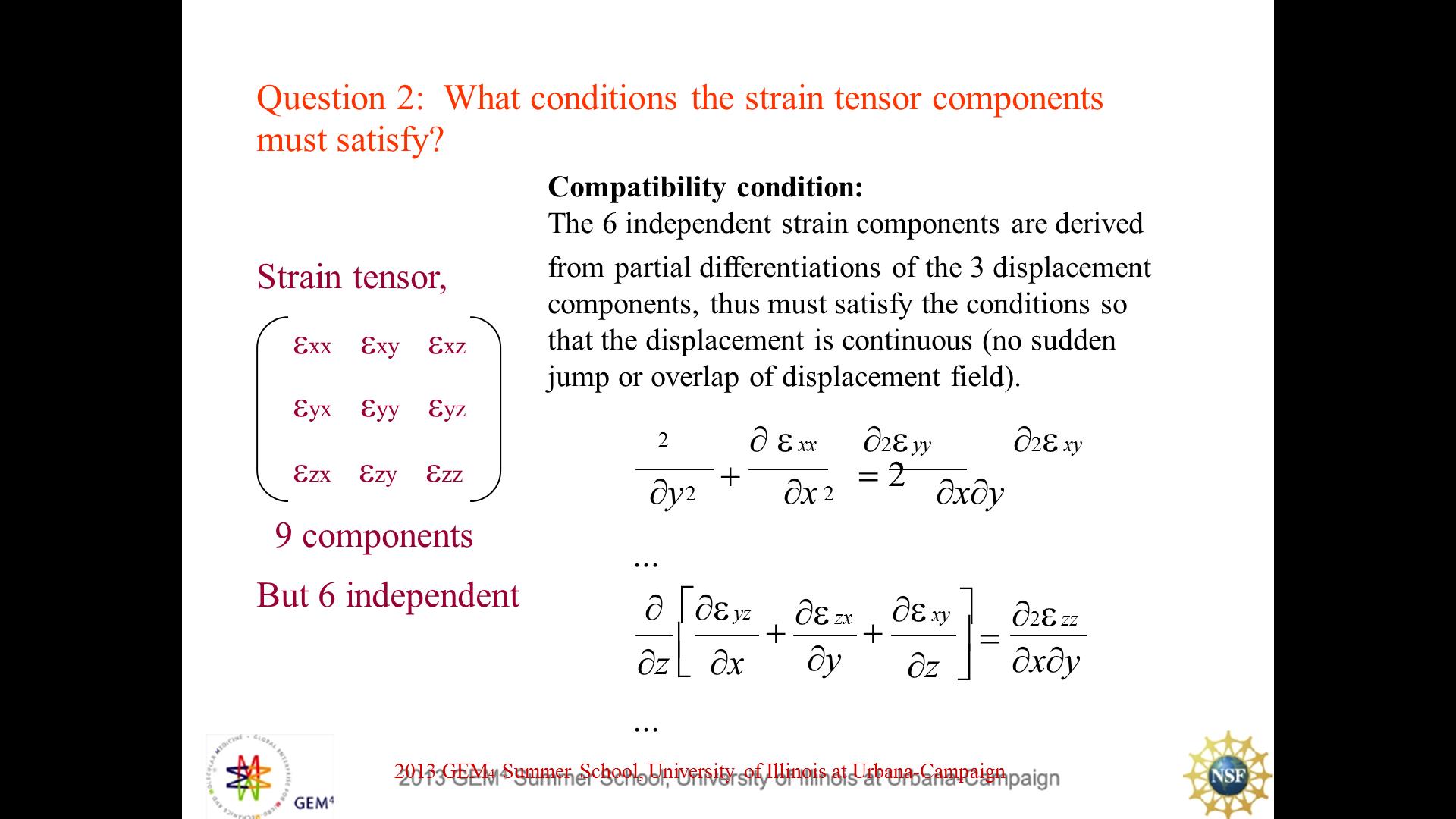 6. Question 2
615.89845745563116
00:00/00:00
6. Question 2
615.89845745563116
00:00/00:00 -
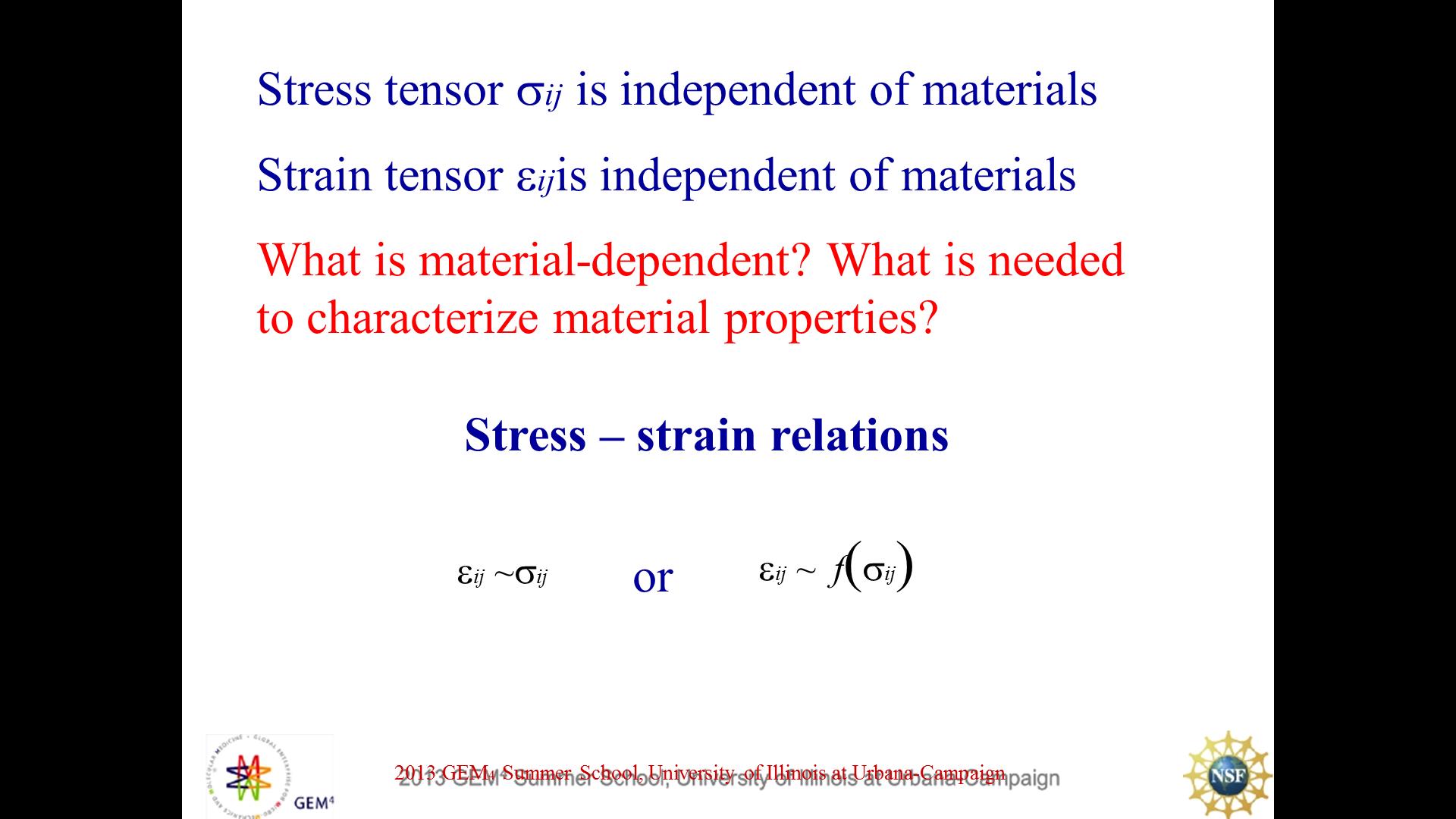 7. Stress
835.9390280311826
00:00/00:00
7. Stress
835.9390280311826
00:00/00:00 -
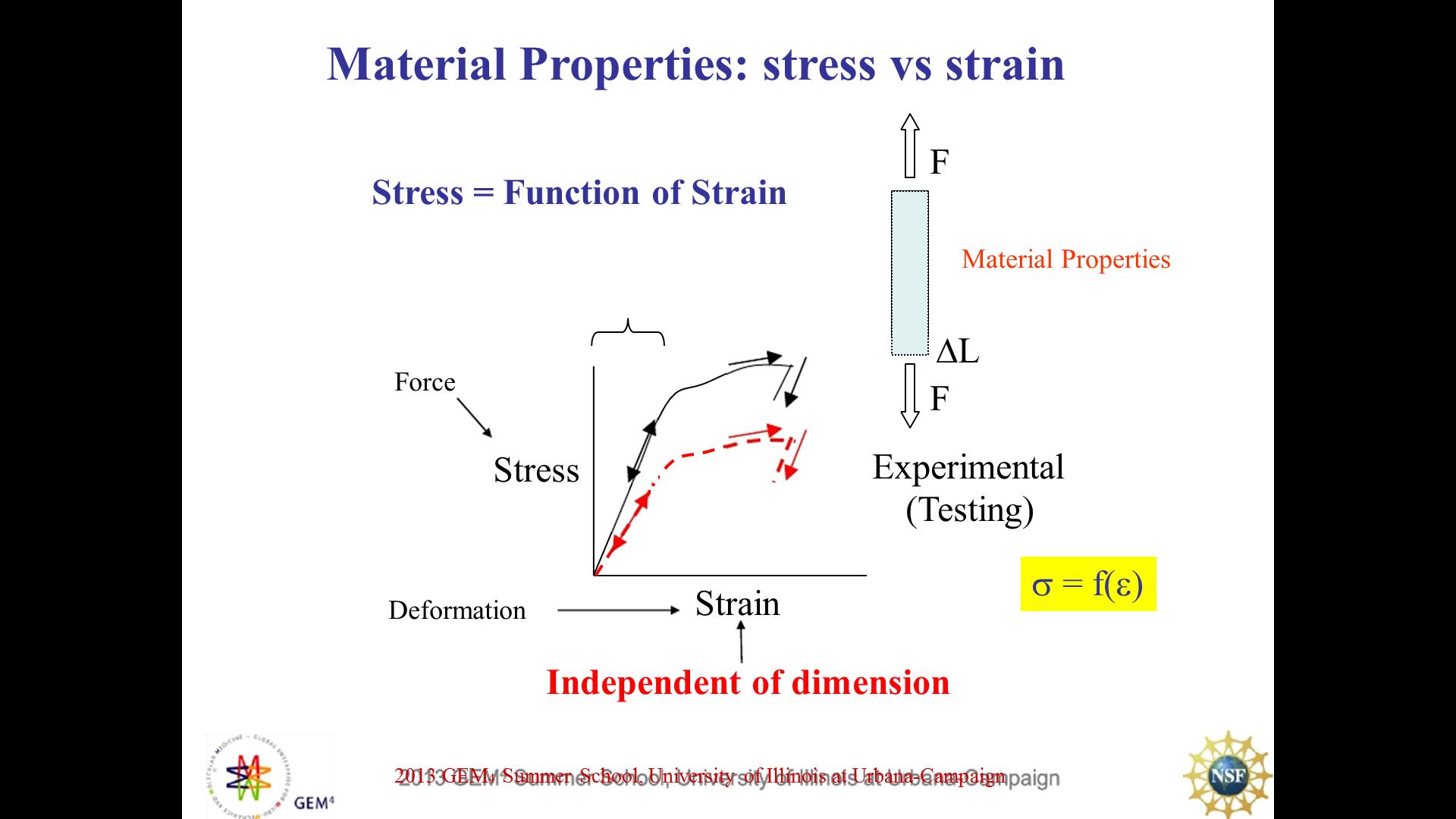 8. Material Properties: stress vs…
961.07888538729469
00:00/00:00
8. Material Properties: stress vs…
961.07888538729469
00:00/00:00 -
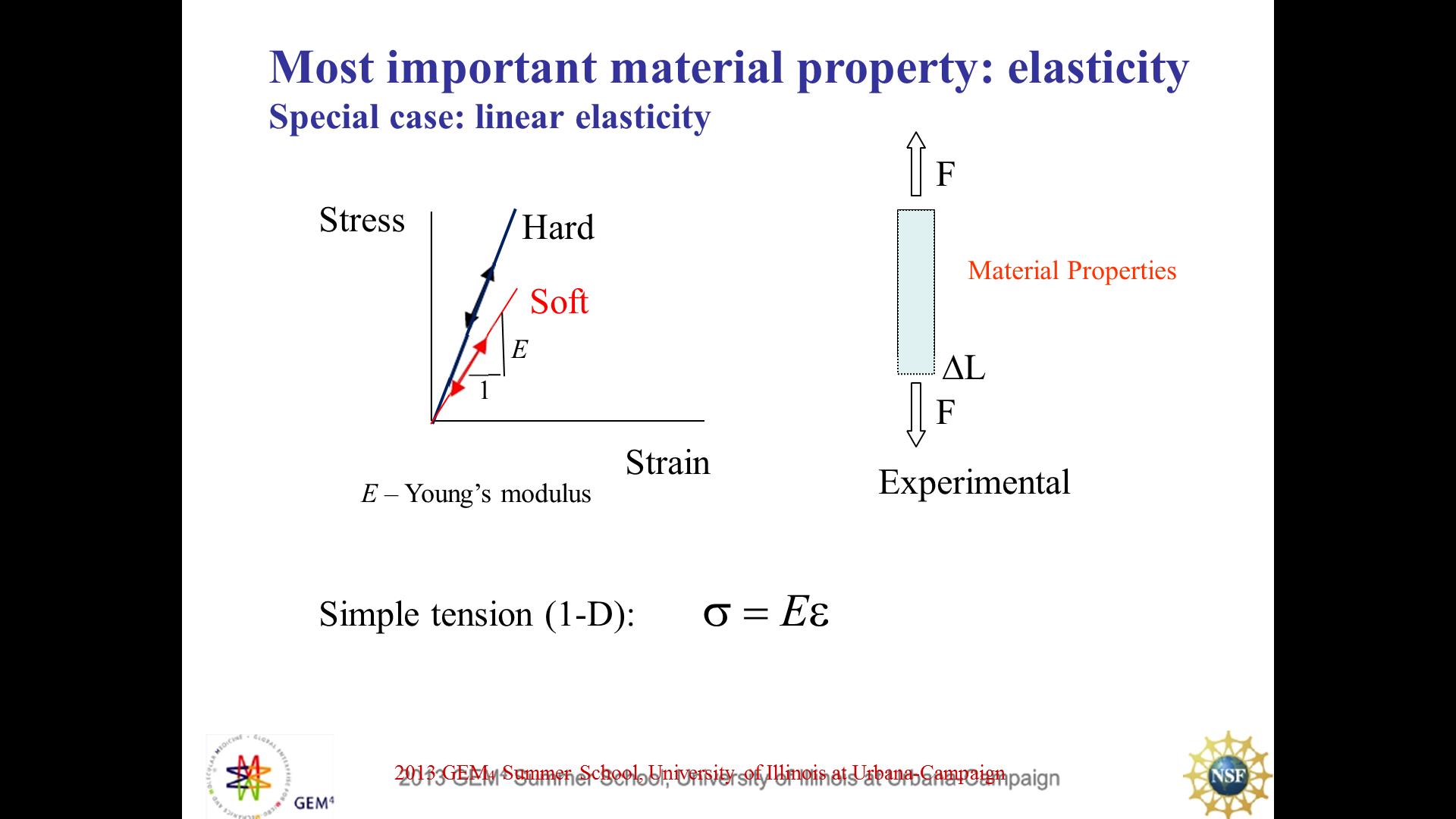 9. Most important material proper…
1002.5531265549843
00:00/00:00
9. Most important material proper…
1002.5531265549843
00:00/00:00 -
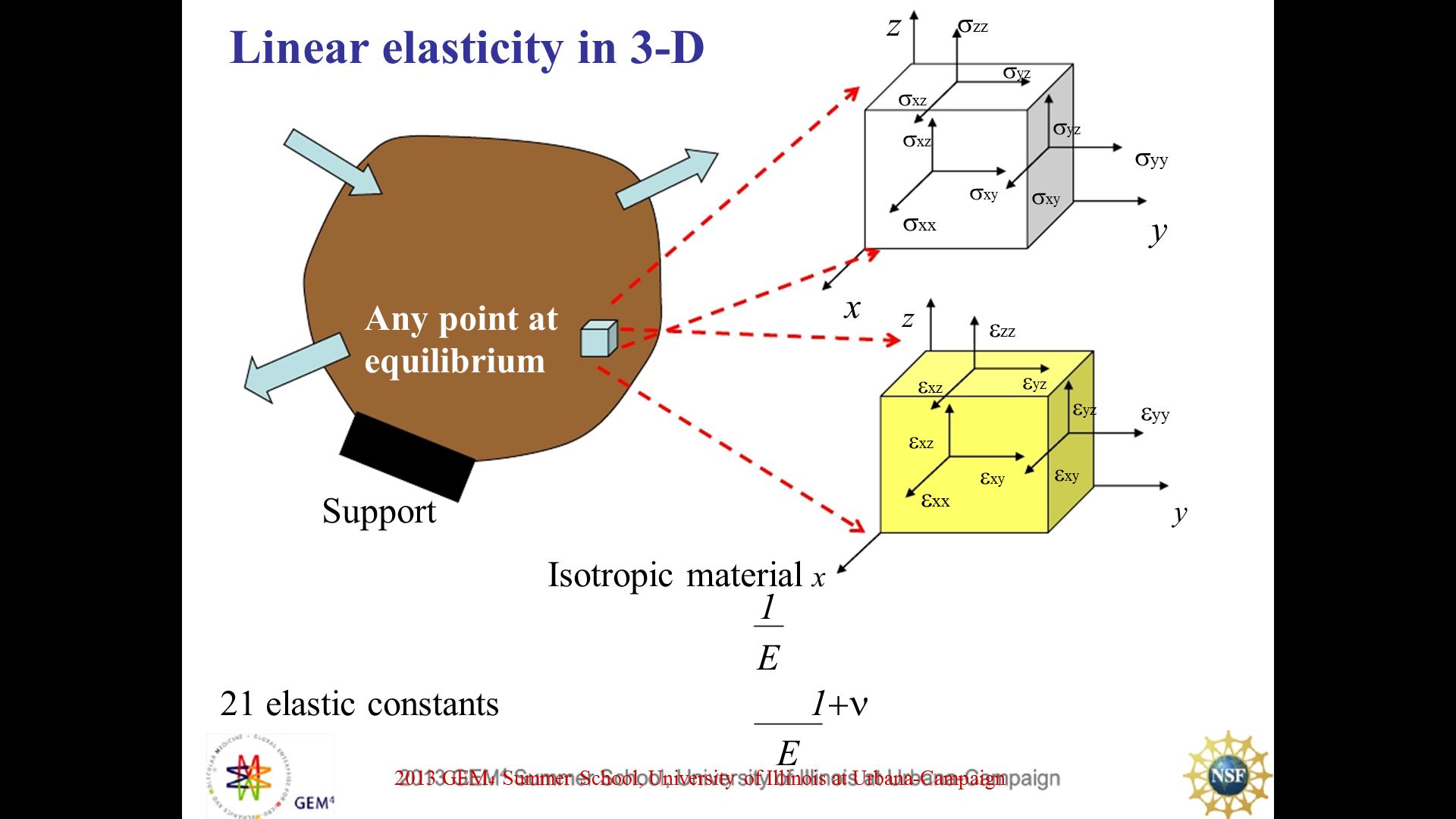 10. Linear Elasticity in 3D
1263.6037365813379
00:00/00:00
10. Linear Elasticity in 3D
1263.6037365813379
00:00/00:00 -
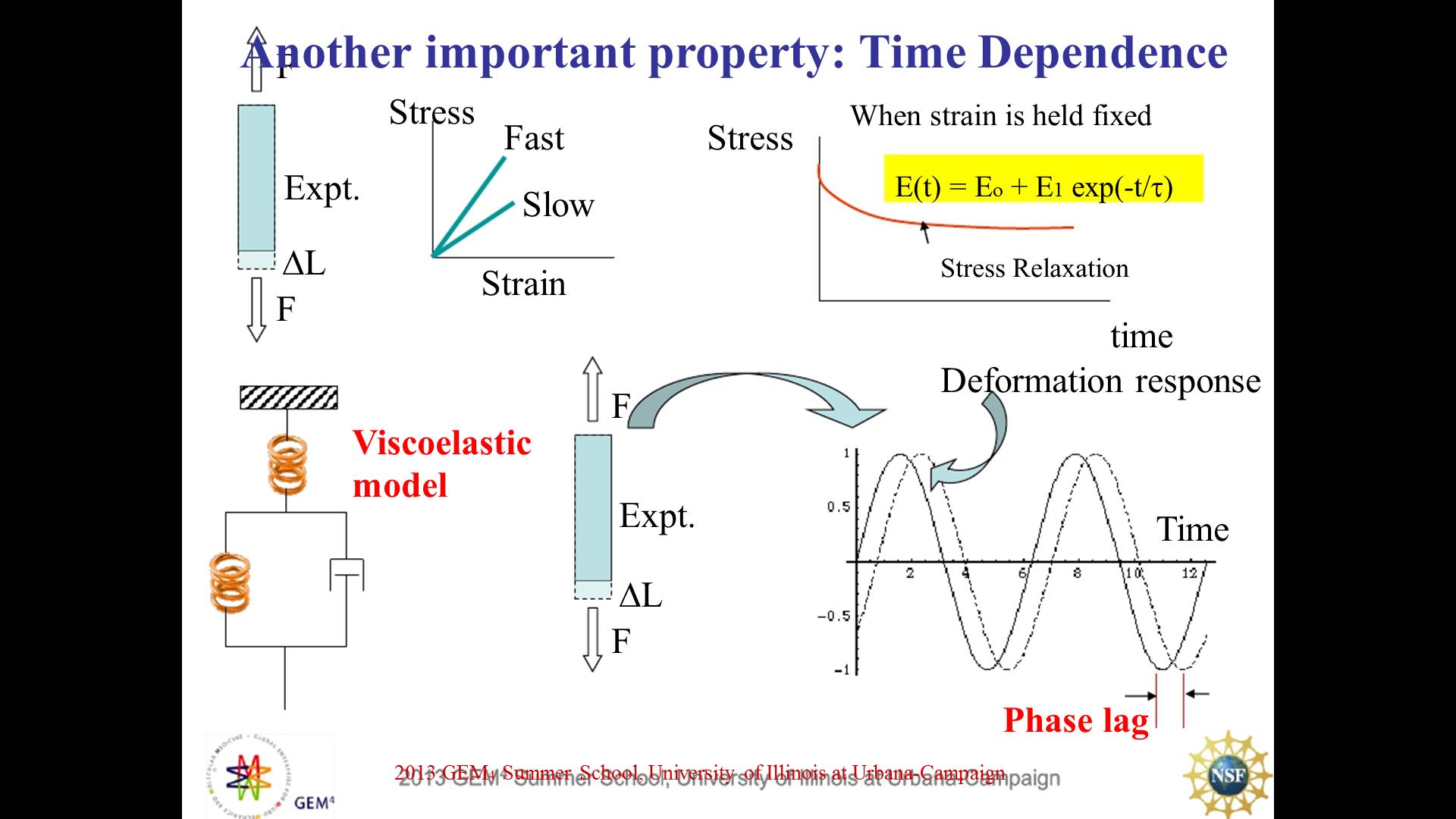 11. Another important property: Ti…
1587.9034888521883
00:00/00:00
11. Another important property: Ti…
1587.9034888521883
00:00/00:00 -
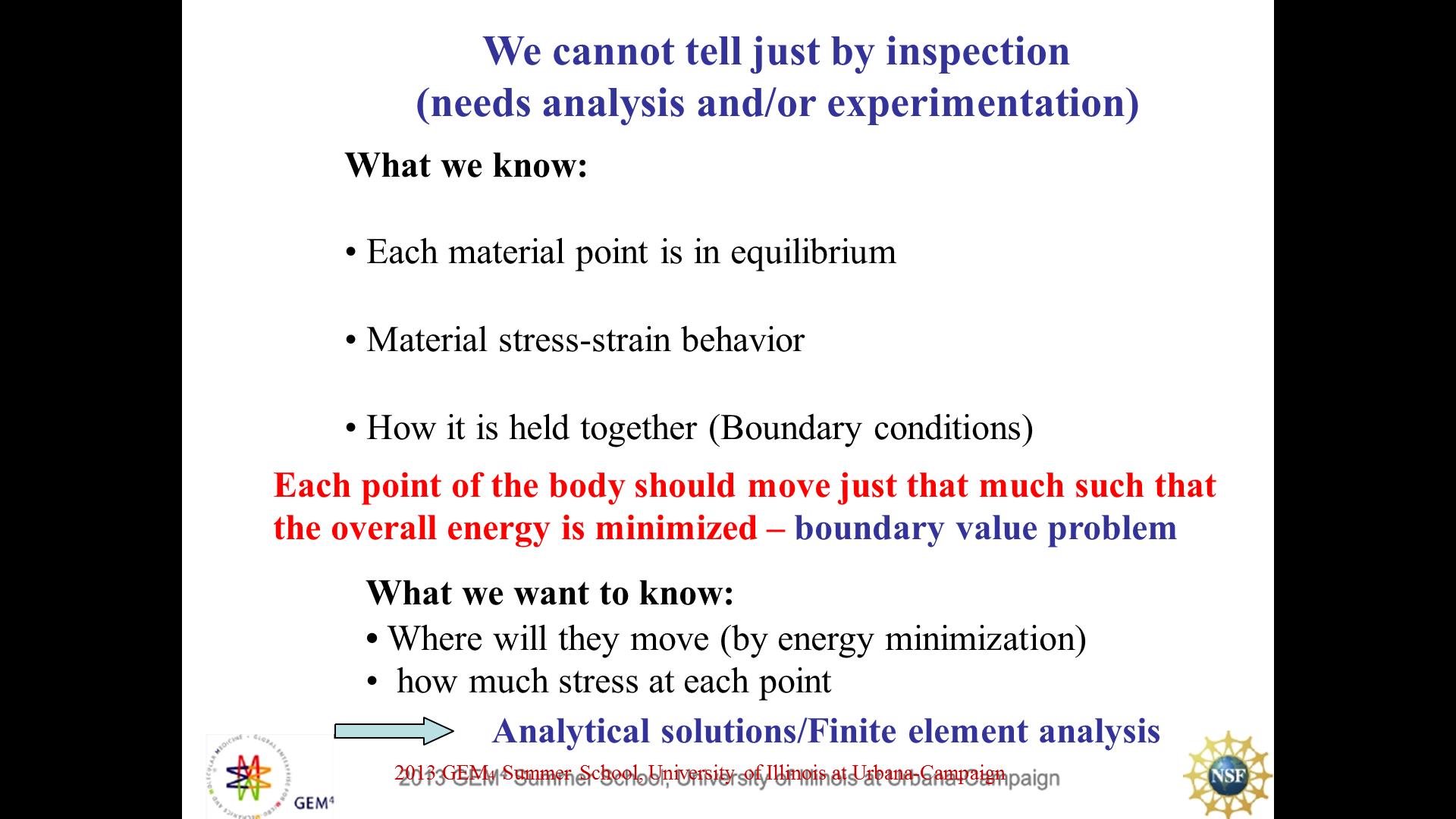 12. We cannot tell just by inspect…
1672.0776218001652
00:00/00:00
12. We cannot tell just by inspect…
1672.0776218001652
00:00/00:00 -
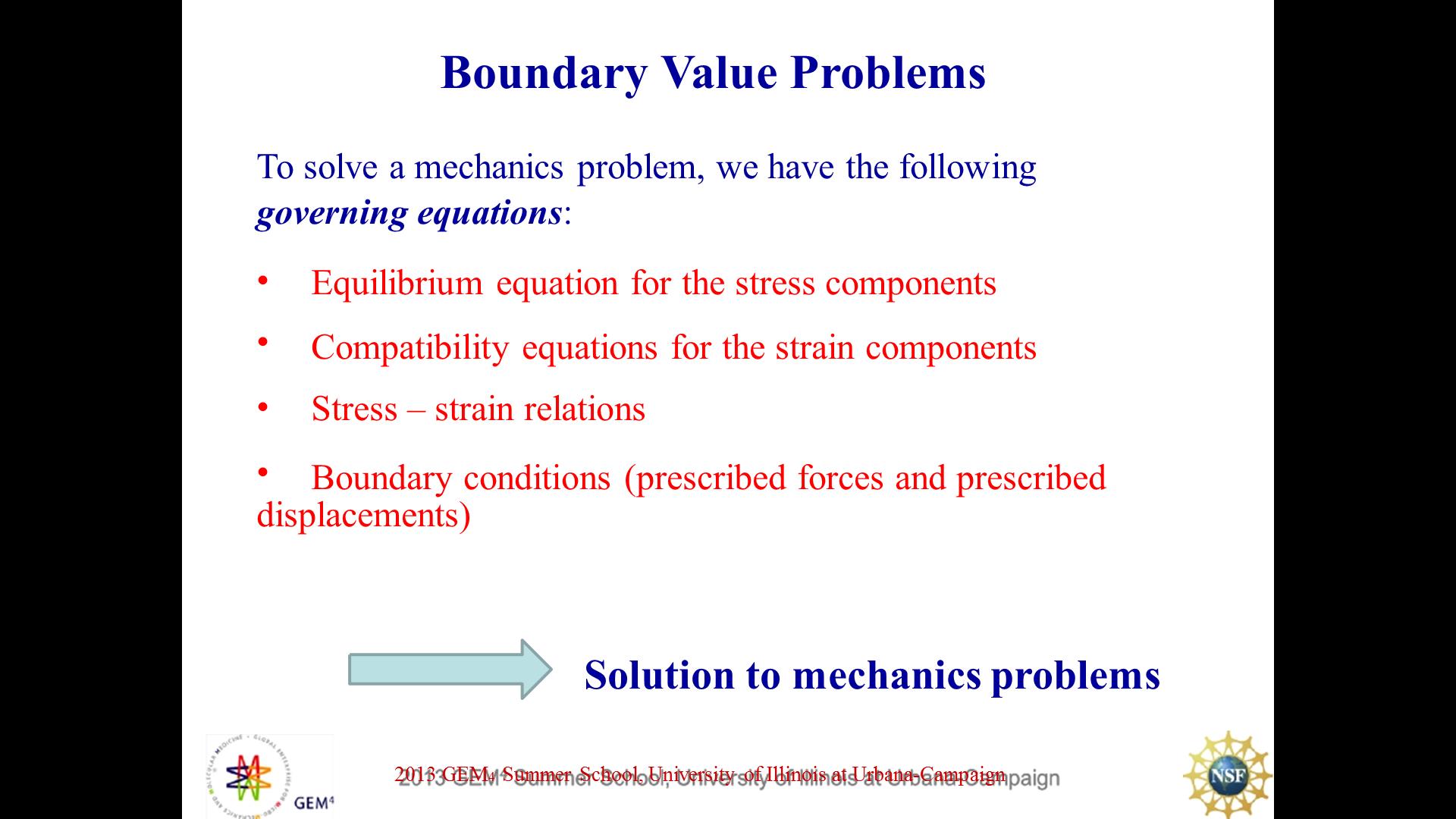 13. Boundary Value Problems
1725.0118703550784
00:00/00:00
13. Boundary Value Problems
1725.0118703550784
00:00/00:00 -
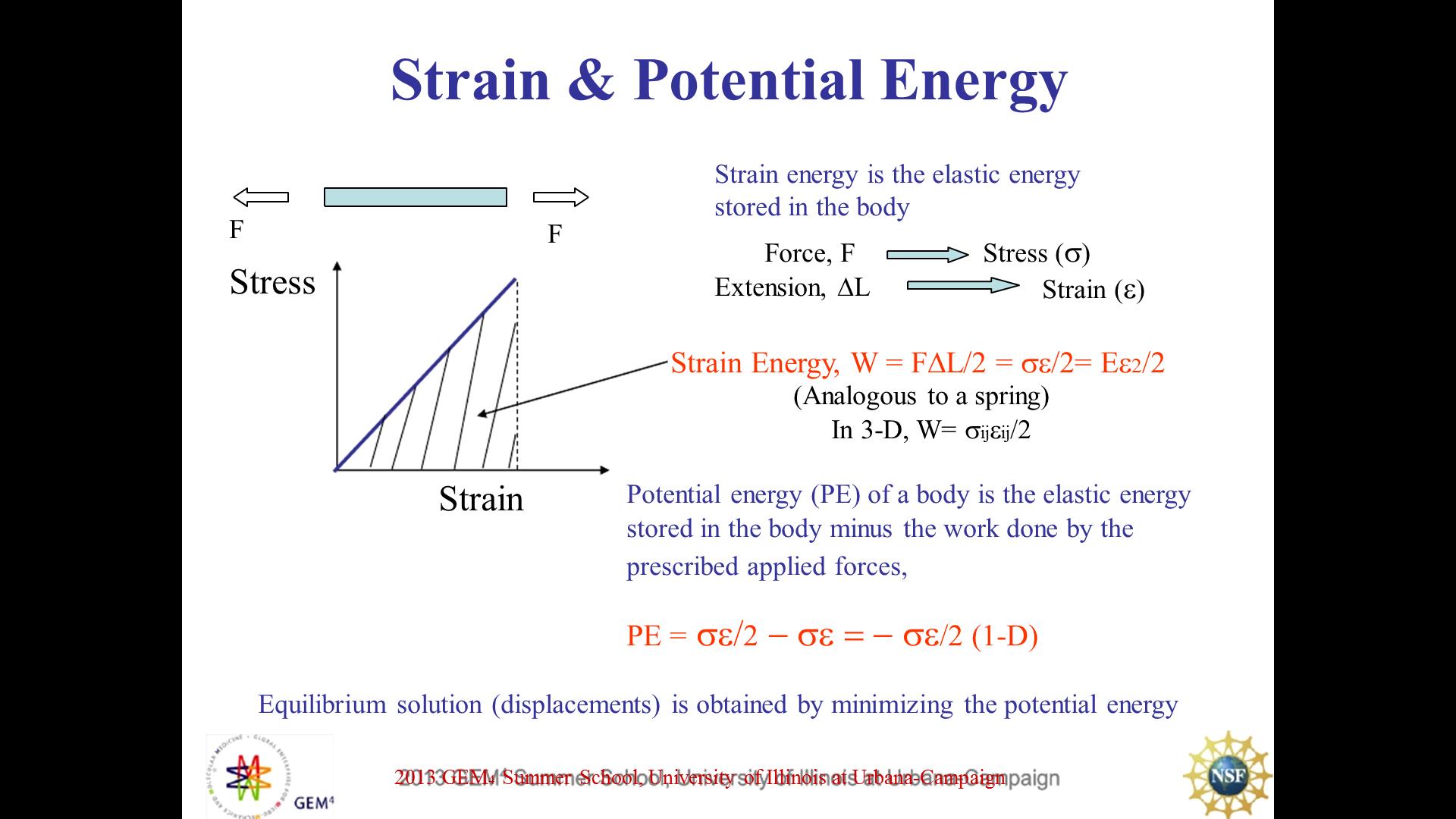 14. Strain & Potential Energy
1778.3180222956235
00:00/00:00
14. Strain & Potential Energy
1778.3180222956235
00:00/00:00 -
 15. Examples in biological studies
1962.67583347155
00:00/00:00
15. Examples in biological studies
1962.67583347155
00:00/00:00 -
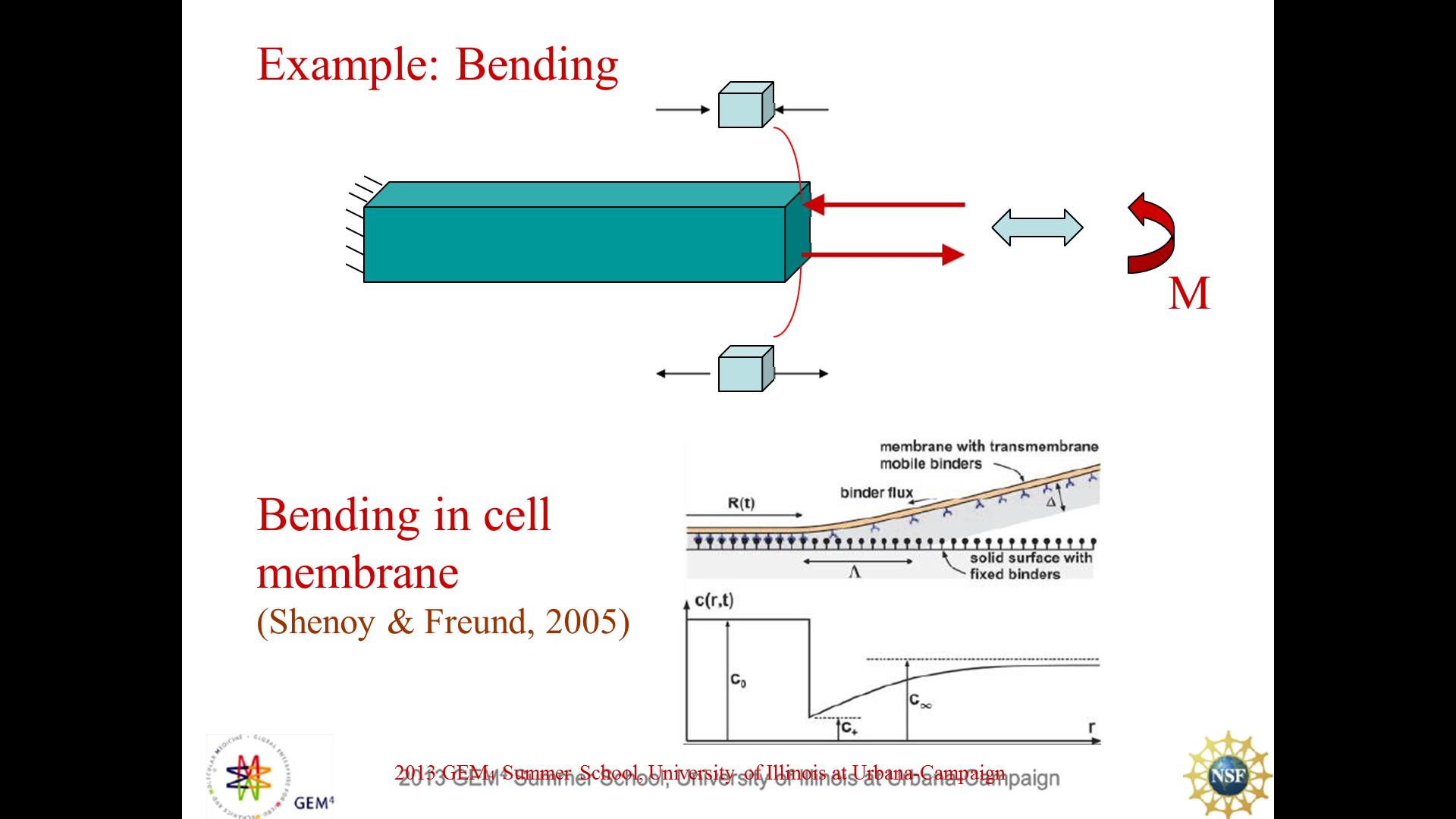 16. Example: Bending
2220.9635428760989
00:00/00:00
16. Example: Bending
2220.9635428760989
00:00/00:00 -
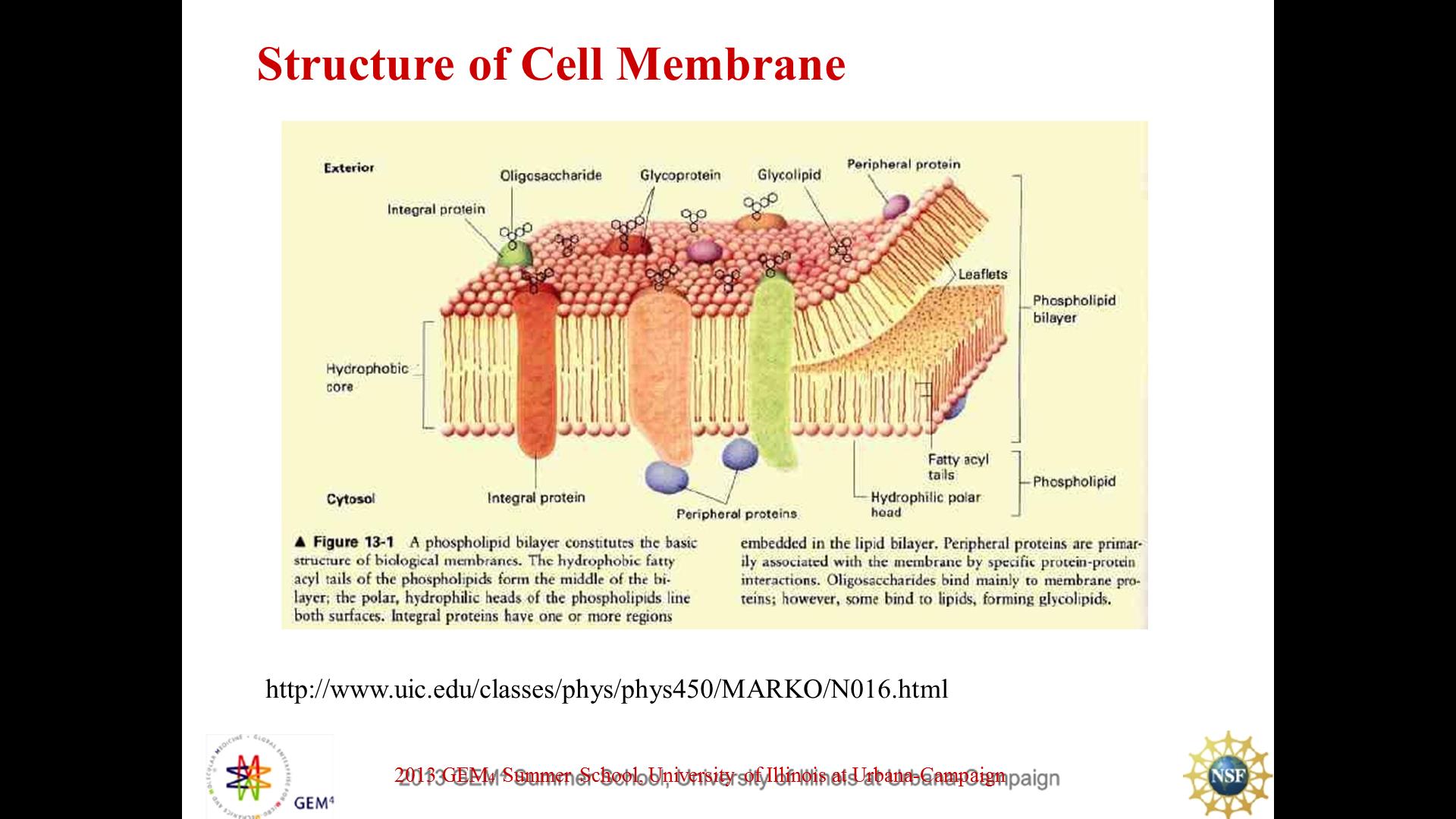 17. Structure of Cell Membrane
2248.0951069829161
00:00/00:00
17. Structure of Cell Membrane
2248.0951069829161
00:00/00:00 -
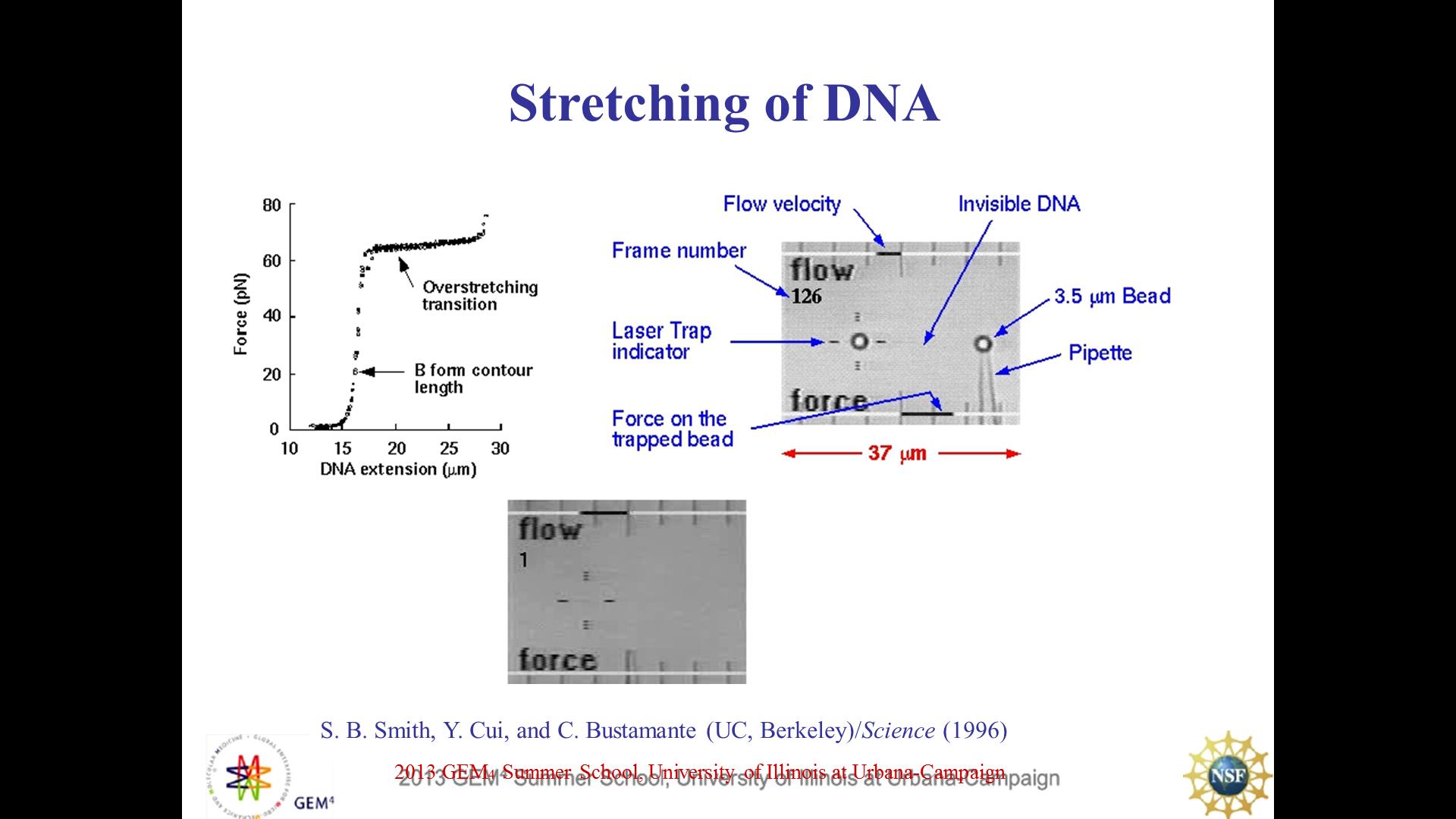 18. Stretching of DNA
2526.4625642726819
00:00/00:00
18. Stretching of DNA
2526.4625642726819
00:00/00:00 -
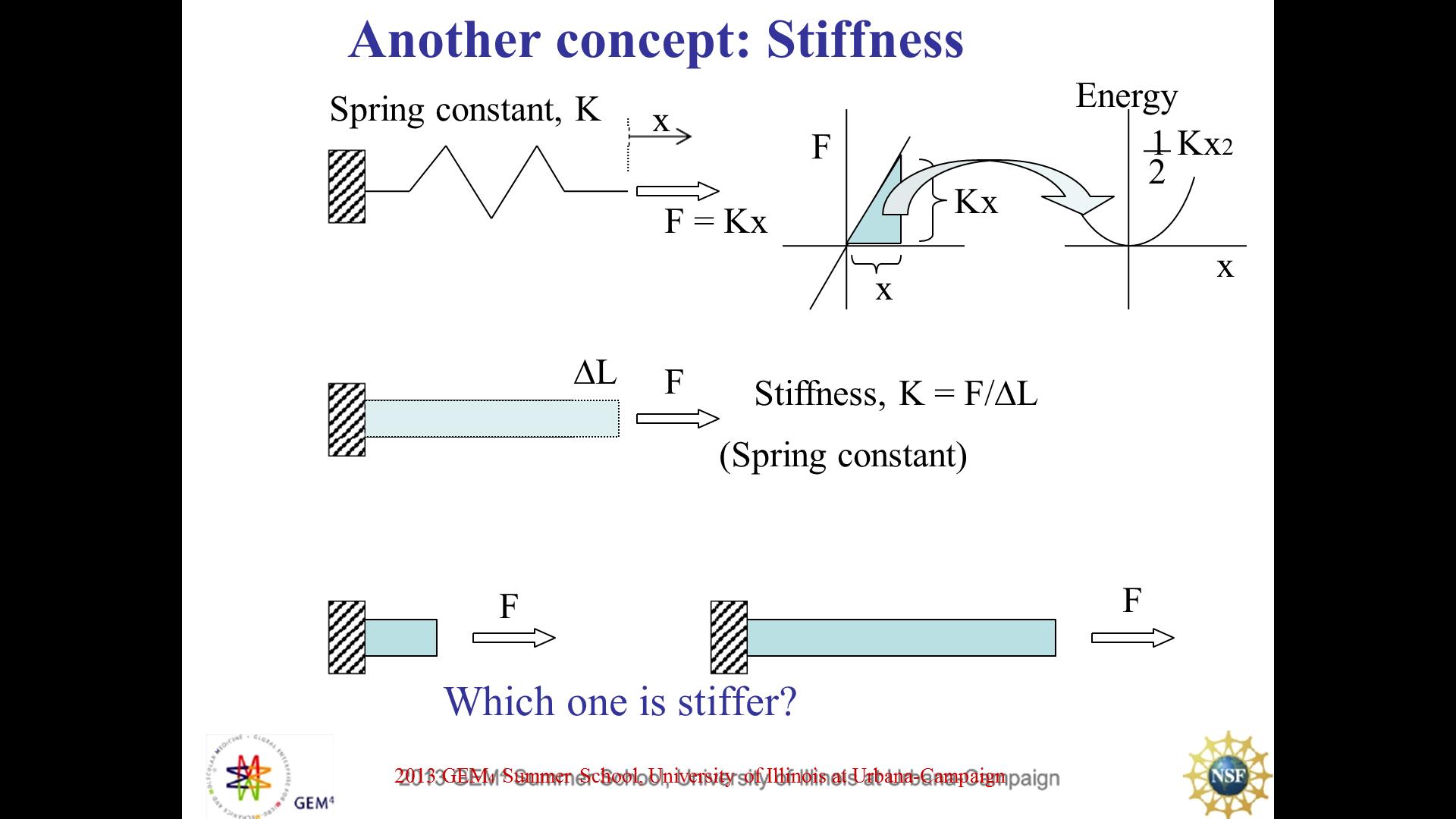 19. Another concept: Stiffness
2539.9685851716704
00:00/00:00
19. Another concept: Stiffness
2539.9685851716704
00:00/00:00 -
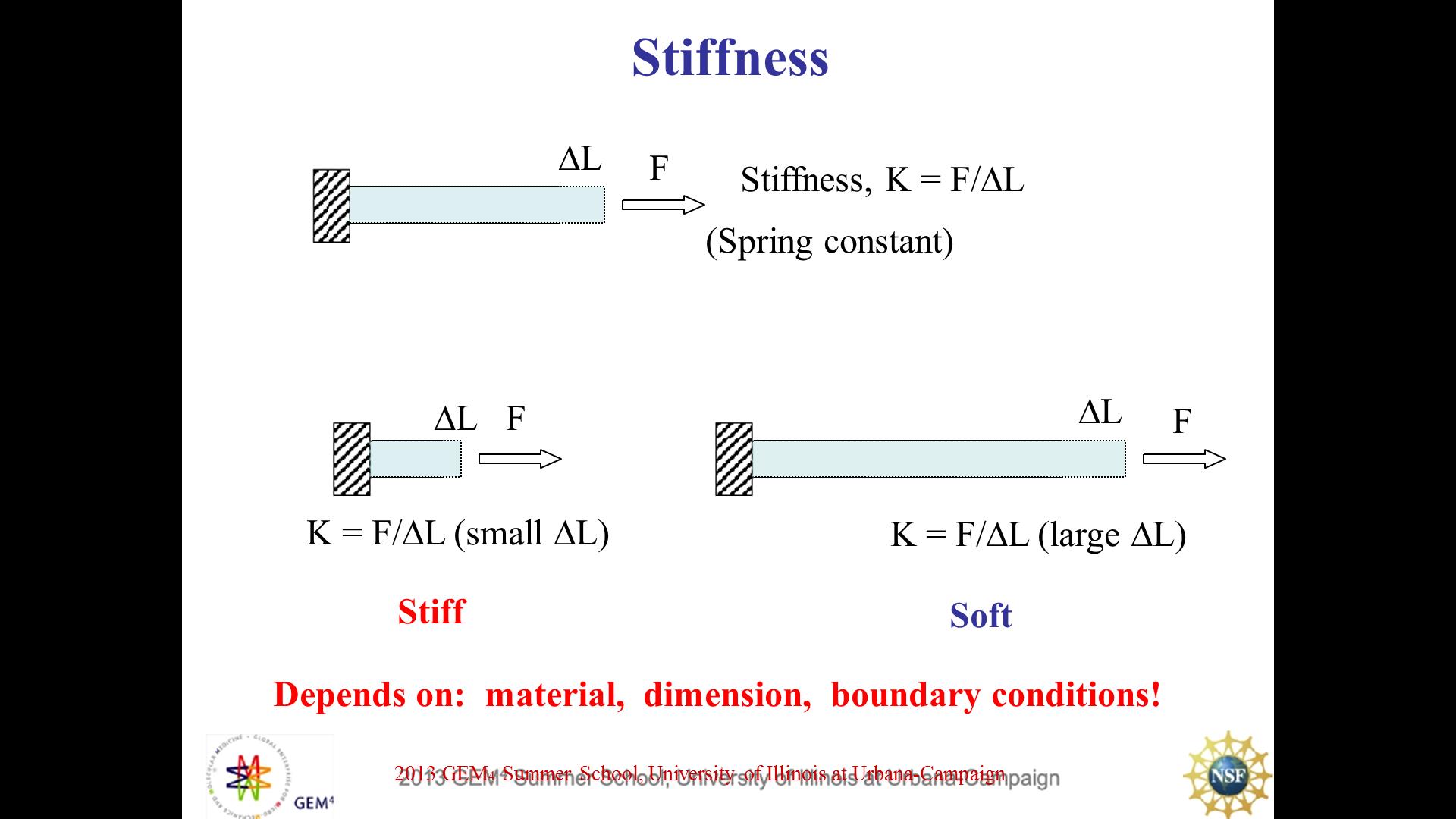 20. Stiffness
2681.0049096035827
00:00/00:00
20. Stiffness
2681.0049096035827
00:00/00:00 -
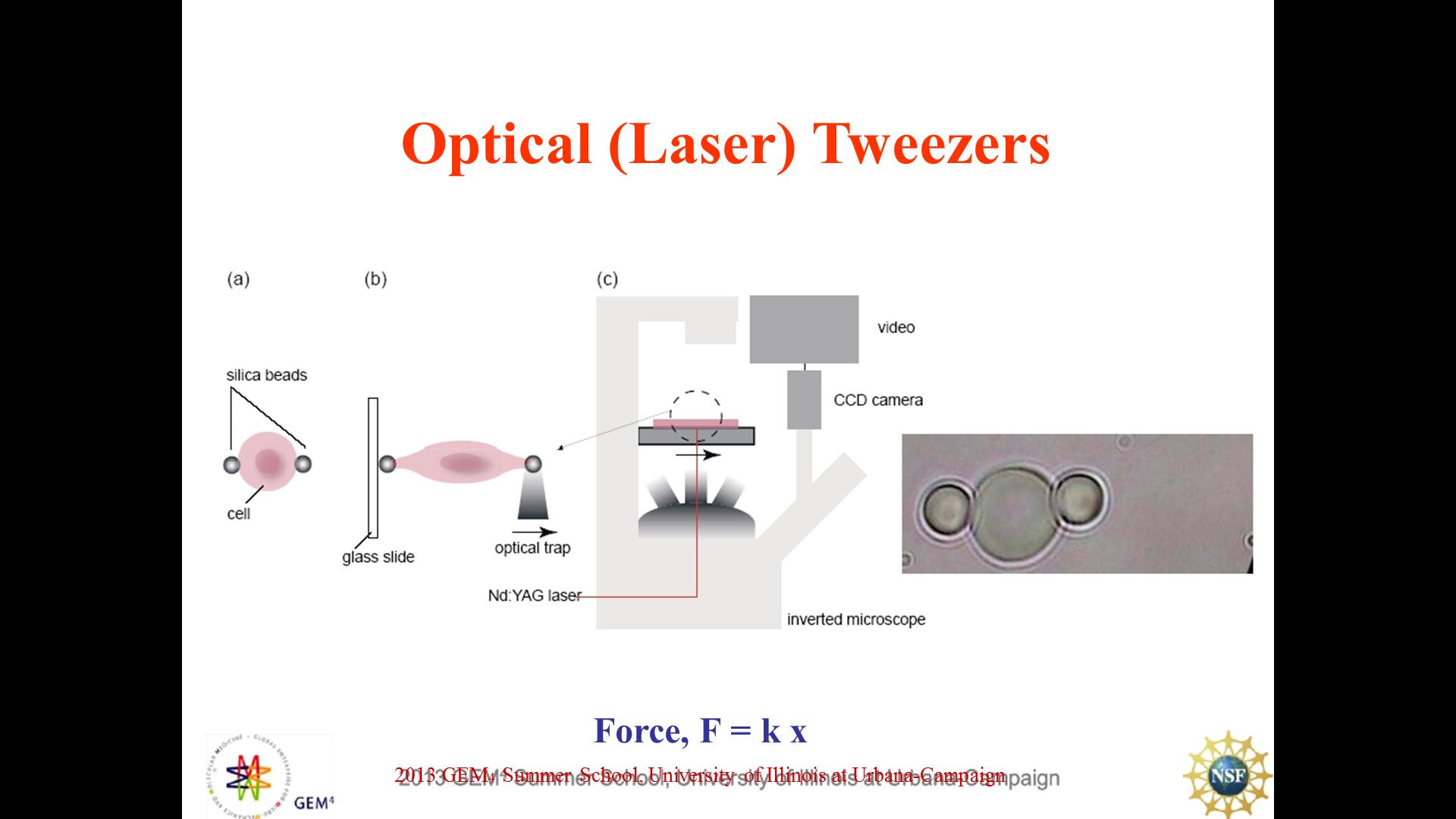 21. Optical (Laser) Tweezers
2685.9053242660475
00:00/00:00
21. Optical (Laser) Tweezers
2685.9053242660475
00:00/00:00 -
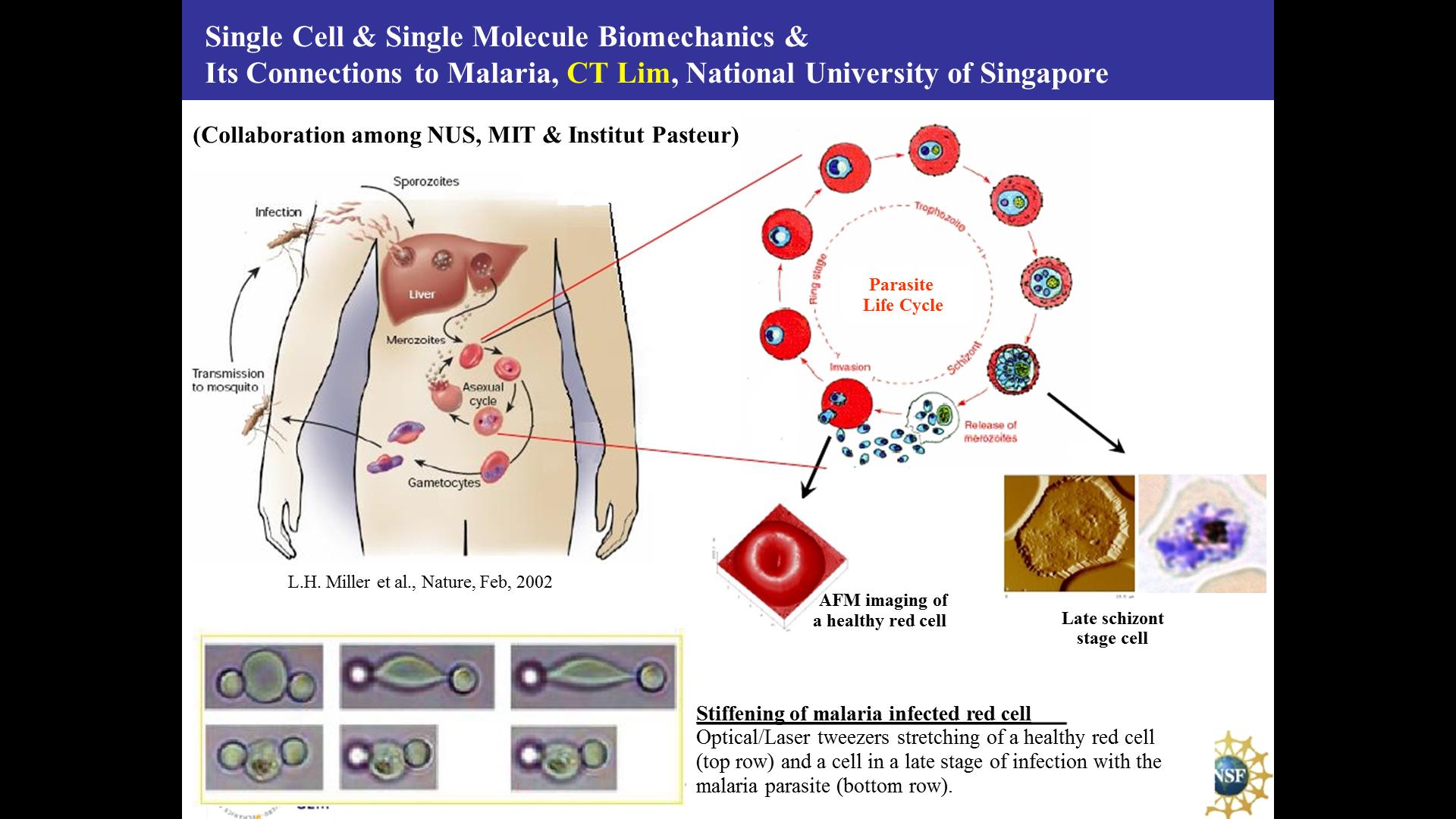 22. Single Cell & Single Molecule …
2713.5149776082271
00:00/00:00
22. Single Cell & Single Molecule …
2713.5149776082271
00:00/00:00 -
 23. Stretchability of Red Blood Ce…
2776.2641897495441
00:00/00:00
23. Stretchability of Red Blood Ce…
2776.2641897495441
00:00/00:00 -
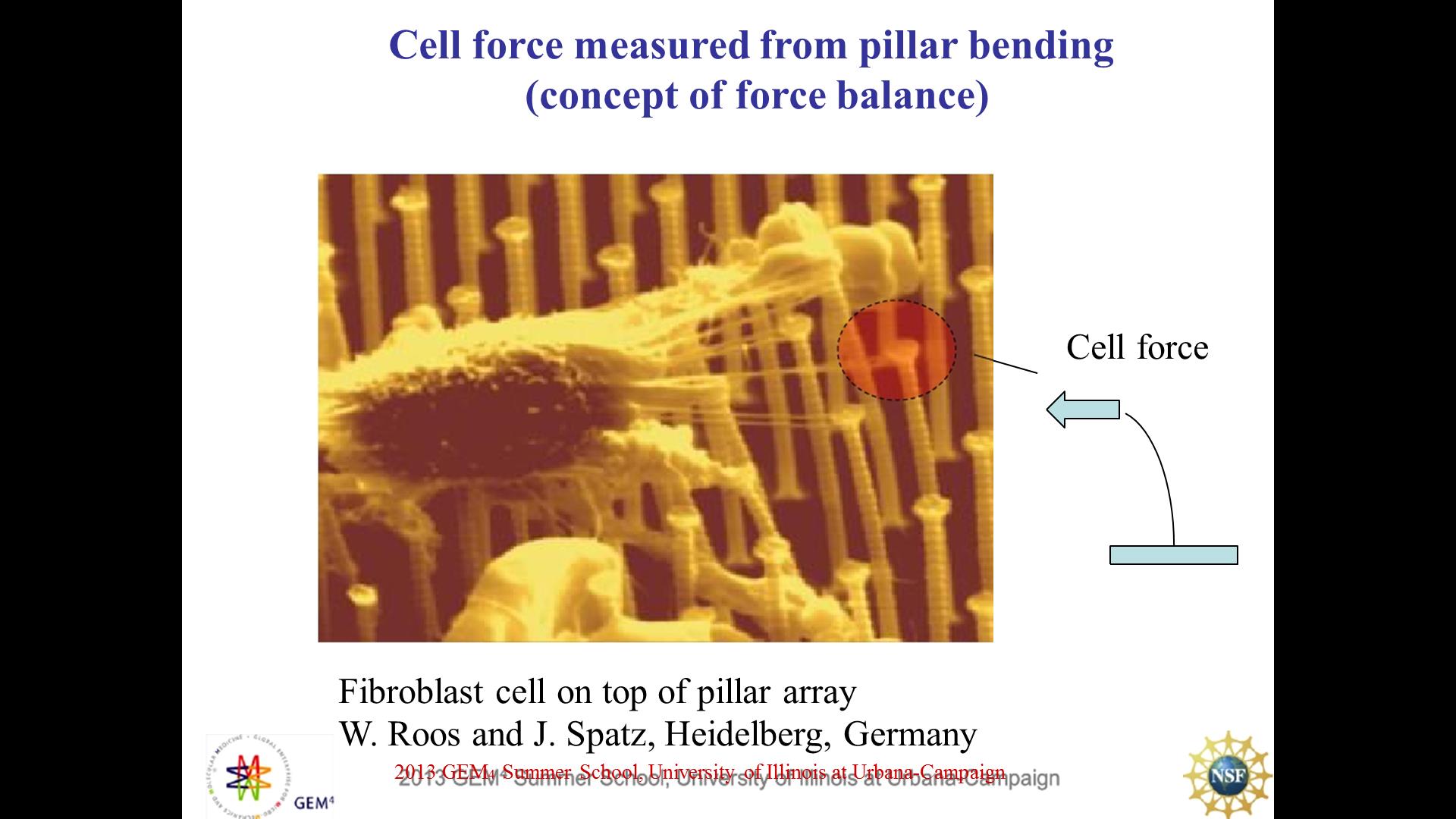 24. Cell force measured from pilla…
2796.7025045612868
00:00/00:00
24. Cell force measured from pilla…
2796.7025045612868
00:00/00:00 -
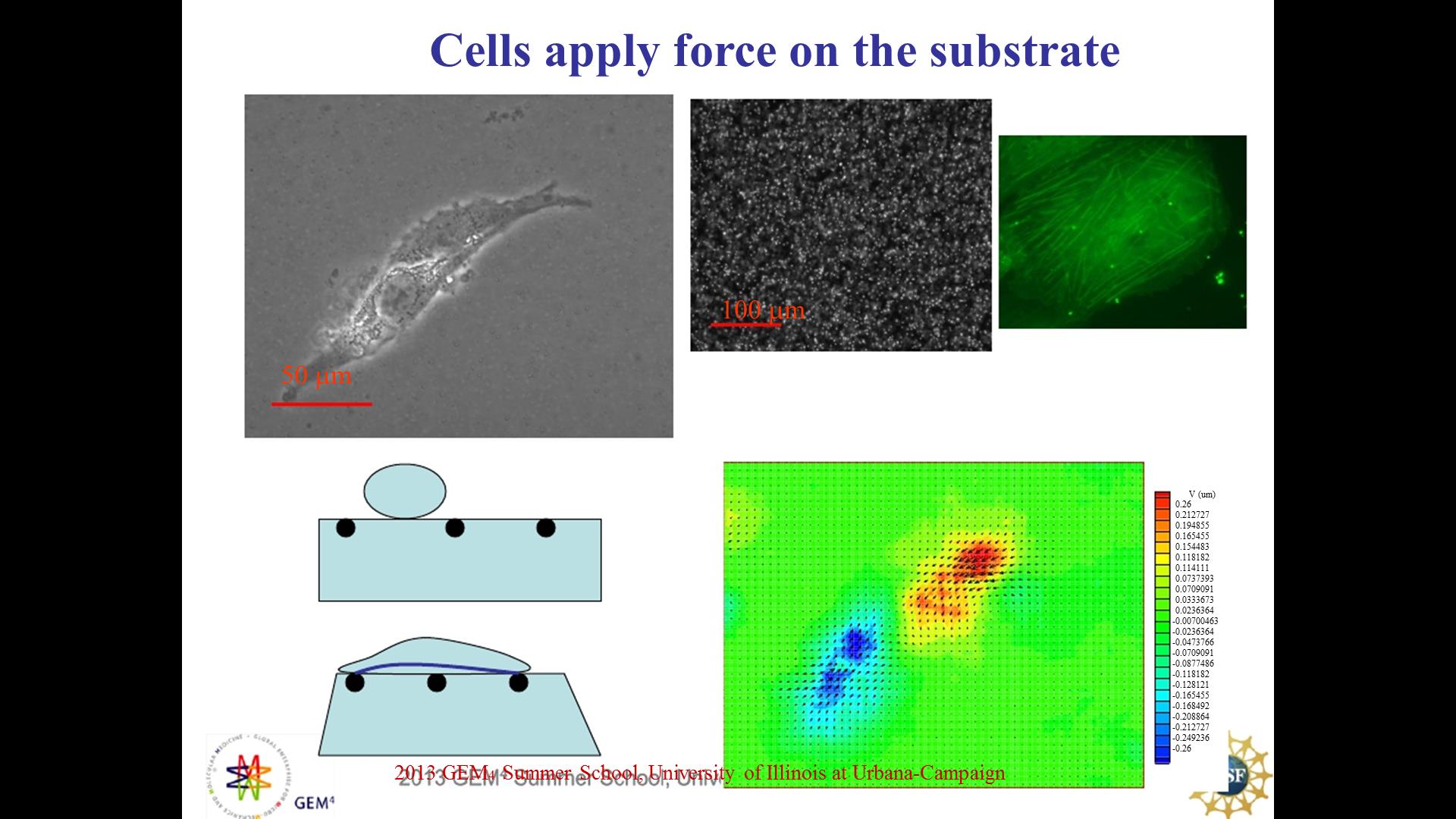 25. Cells apply force on the subst…
2869.4915906452152
00:00/00:00
25. Cells apply force on the subst…
2869.4915906452152
00:00/00:00 -
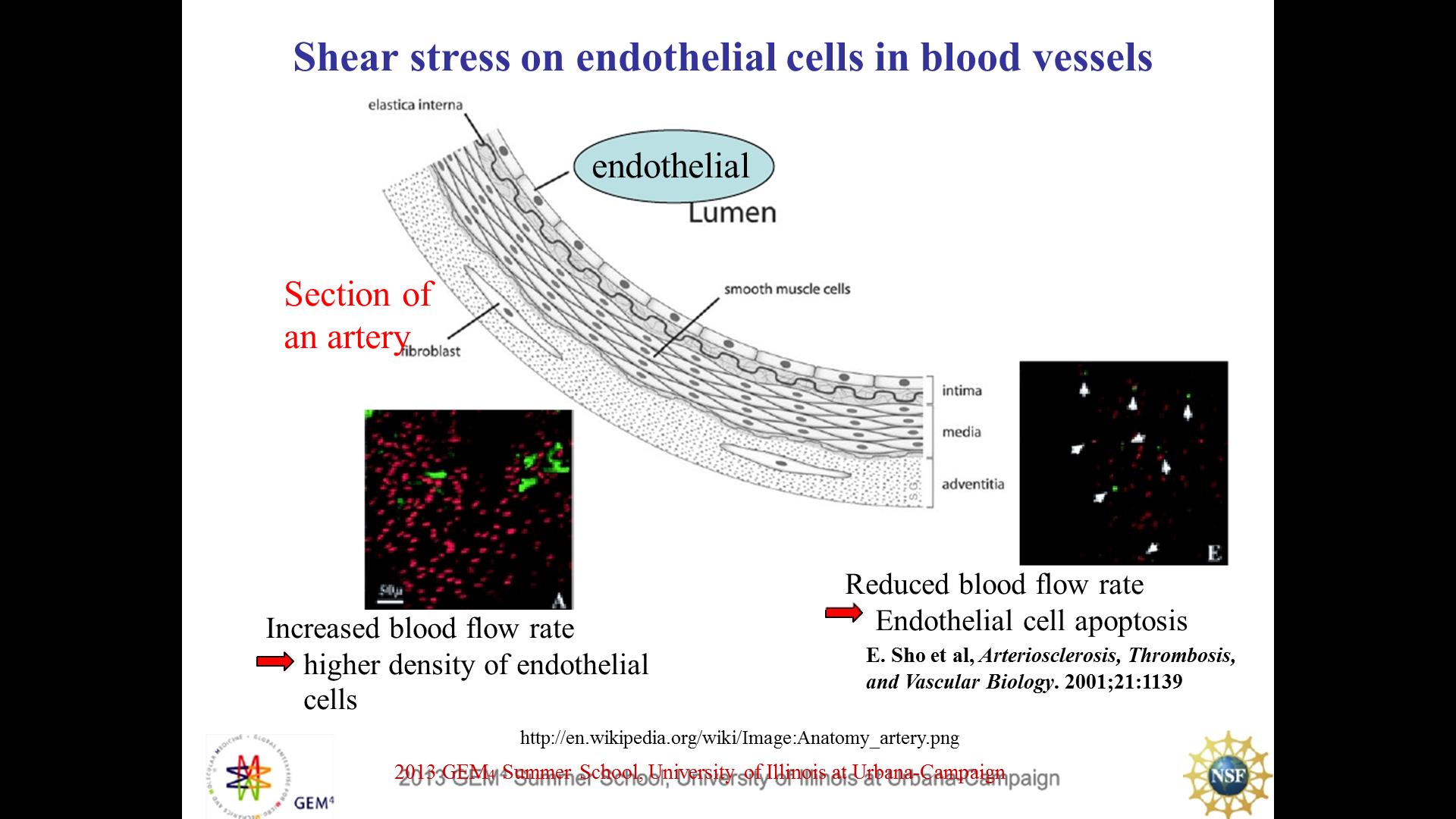 26. Shear stress on endothelial ce…
2881.0852546027536
00:00/00:00
26. Shear stress on endothelial ce…
2881.0852546027536
00:00/00:00